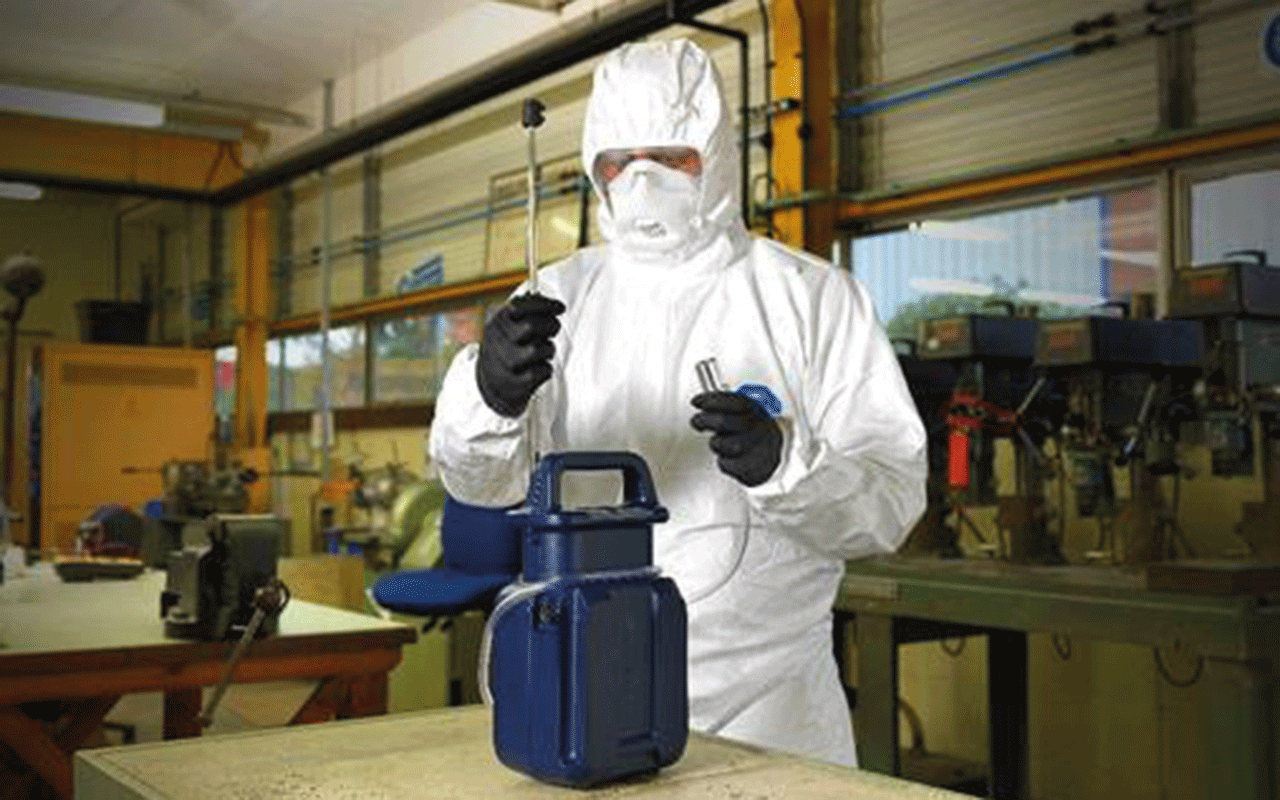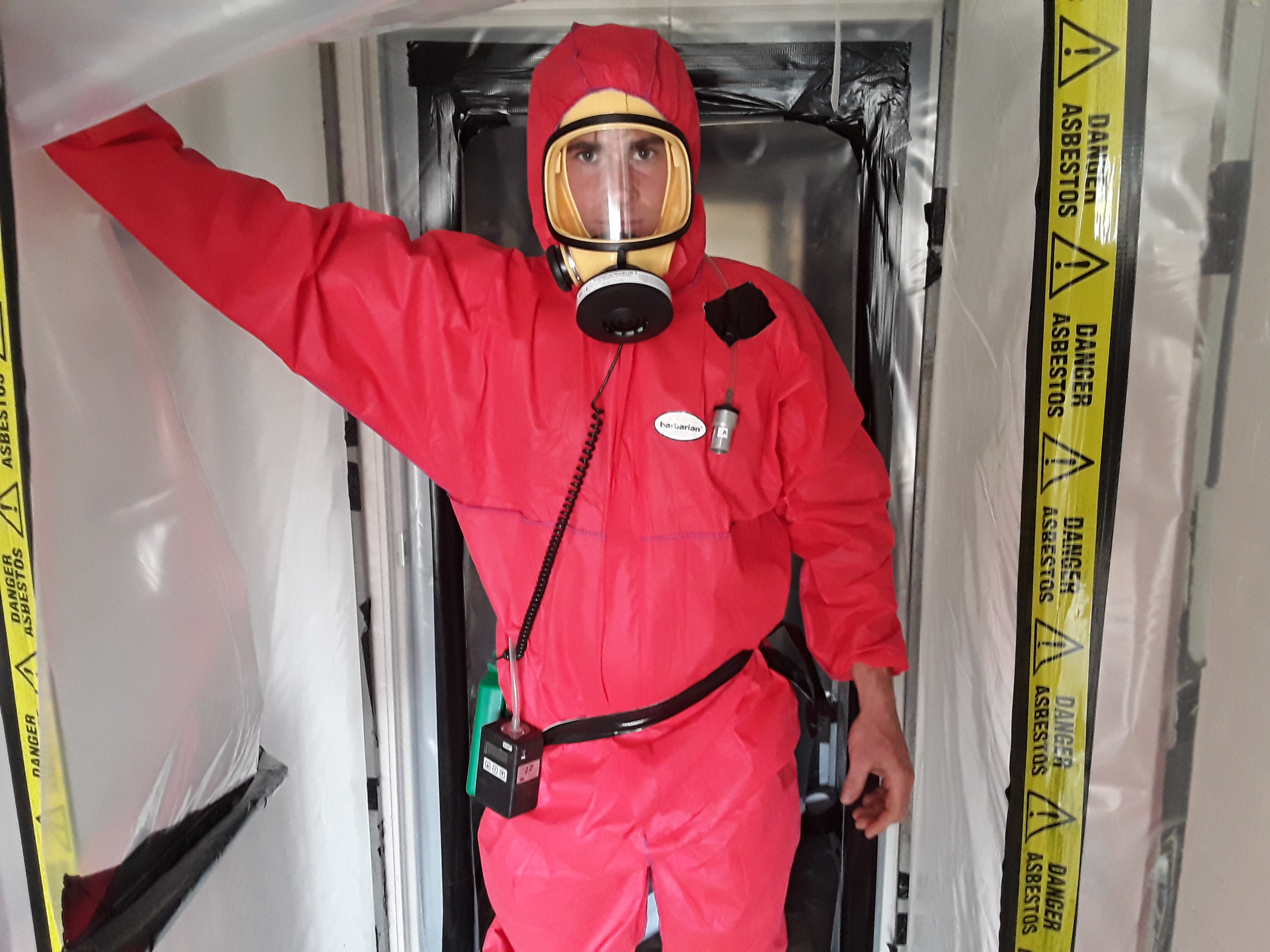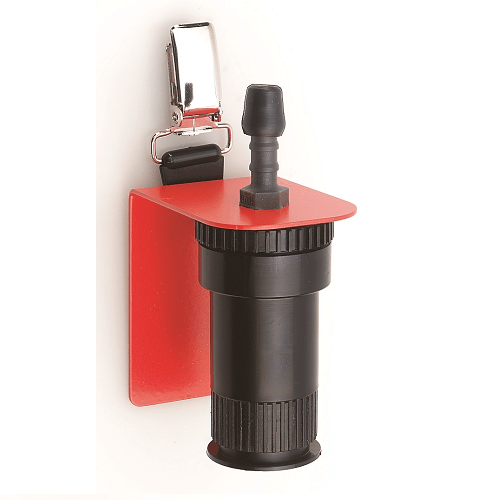Your Guide to Effective Asbestos Evaluating Procedures
Asbestos testing treatments are a critical element of making certain the safety of interior environments, especially in older buildings where this unsafe material might be present. The possible wellness risks connected with asbestos exposure make it imperative to come close to screening with accuracy and thoroughness. From recognizing the homes of asbestos to successfully analyzing test results, a thorough overview can gear up people with the understanding and devices needed to browse this complex procedure. Stay tuned to reveal the vital actions and considerations that can assist you safeguard against the dangers posed by asbestos.
Understanding Asbestos and Its Risks
Asbestos, a normally taking place mineral recognized for its heat resistance and longevity, positions severe health and wellness dangers when its fibers are breathed in or consumed. asbestos air testing. Exposure to asbestos can lead to significant health problems such as lung mesothelioma, cancer cells, and asbestosis. Despite its useful buildings, asbestos has been widely banned in several nations because of the proven web link in between asbestos exposure and these dangerous illness
The threat lies in the microscopic fibers that can quickly become airborne when asbestos-containing products are disturbed or damaged. When inhaled, these fibers can come to be lodged in the lungs, creating inflammation and scarring over time. The latency duration in between exposure to asbestos and the development of associated diseases can span numerous years, making early detection and avoidance essential.
Asbestos was commonly utilized in building and construction products, insulation, and automobile components prior to its wellness dangers were fully comprehended. Today, correct screening and elimination of asbestos-containing products are essential to shield people from the dangers associated with asbestos exposure.
Identifying Prospective Asbestos Materials
The identification of possible asbestos products is a vital action in guaranteeing the safety of individuals subjected to harmful materials in numerous atmospheres. Asbestos can be located in a variety of structure materials, including yet not restricted to insulation, ceiling floor tiles, floor ceramic tiles, cement sheets, and roofing shingles - asbestos testing service. Identifying these products properly is vital to effectively handling the threats related to asbestos direct exposure

In instances where visual evaluation is undetermined, samples of presumed materials can be collected and sent to accredited research laboratories for screening. These laboratories employ specialized techniques such as polarized light microscopy or transmission electron microscopy to properly figure out the existence of asbestos fibers in the examples. By following strenuous identification treatments, people can successfully mitigate the dangers related to asbestos direct exposure.
Picking the Right Testing Approach
Identification of prospective asbestos products plays an essential role in establishing the proper testing technique for precise asbestos fiber discovery. When suspected materials have been recognized, picking the right testing method is vital to guarantee reputable results. There are 2 primary approaches for asbestos testing: polarized light microscopy (PLM) and transmission electron microscopy (TEM) PLM is generally utilized for preliminary screening as it is cost-efficient and offers quick results. However, PLM has limitations in discovering asbestos fibers that are smaller sized than 1 to 3 microns. On the various other hand, TEM is a more sophisticated technique that can properly determine asbestos fibers at the ultrastructural degree. While TEM is more pricey and lengthy than PLM, it supplies greater sensitivity and specificity in asbestos discovery. Selecting the proper screening technique depends upon different elements such as the kind of product being checked, the called for level of sensitivity of the analysis, and the offered spending plan. It is vital to speak with certified asbestos screening experts to establish the most ideal technique for your certain screening needs.
Conducting Example Collection Safely
When accumulating examples for asbestos testing, focusing on safety measures is paramount to minimize potential exposure threats. Asbestos fibers are harmful when disrupted, making it essential to follow appropriate security procedures throughout sample collection - Asbestos Air Sampling. Before starting the tasting process, guarantee that you are furnished with personal protective devices (PPE) such as non reusable coveralls, masks, goggles, and gloves to avoid inhalation or call with asbestos fibers
It is necessary to damp the tasting location using a gentle mist of water to avoid the fibers from coming to be air-borne throughout collection. When accumulating examples and stay clear of aggressive scratching or drilling that might launch asbestos fibers right into the air, Use caution. Rather, carefully see post reduced a little piece of the material making use of suitable devices and place it right into a secured container for evaluation by a qualified lab.
In addition, labeling each example with in-depth details pertaining to the sampling enthusiast, day, and area's name is necessary for precise record-keeping and analysis. By adhering to these security standards, you can perform sample collection for asbestos screening properly while decreasing the threat of direct exposure.
Interpreting Examination Outcomes and Following Actions

Conclusion
Finally, effective asbestos screening procedures are crucial in recognizing and handling potential health and wellness risks related to asbestos direct exposure. By comprehending the threats of asbestos, identifying potential products, picking the ideal screening method, conducting sample collection securely, and analyzing examination results properly, companies and individuals can take the needed steps to protect themselves and others from the dangerous results of asbestos. It is essential to prioritize safety and proper screening procedures to guarantee a healthy and balanced environment for all.

Identification of prospective asbestos materials plays an important role in determining the proper screening approach for accurate asbestos fiber detection. The test results will suggest the visibility or absence of asbestos, the type of asbestos fibers present, and the focus levels.In conclusion, effective asbestos testing treatments are vital in identifying and managing prospective health threats linked with asbestos exposure. By comprehending the risks of asbestos, identifying potential materials, choosing the appropriate screening technique, conducting example collection securely, and translating test results precisely, people and companies can take the necessary actions to shield themselves and others from the hazardous impacts of asbestos.